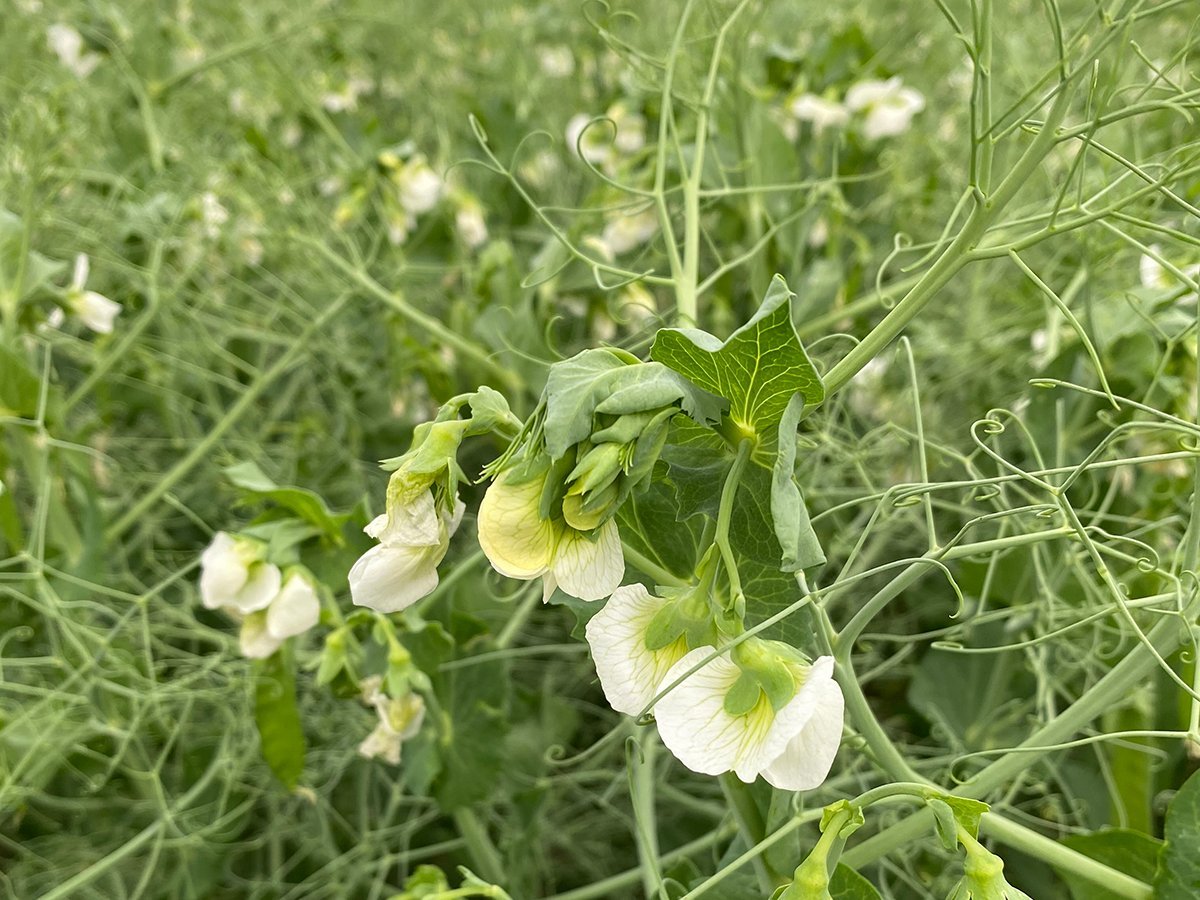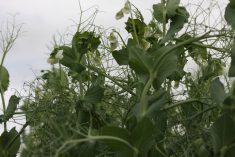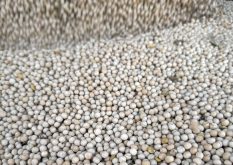Pulse Canada directors are in Ottawa this week discussing a new report that benchmarks how pulses impact sustainability.
Chair Kevin Auch said they are meeting with government officials and others about the benefits of pulses and how governments can help farmers grow even more of them.
Governments have a role in easing marketing and transportation challenges, Auch said.
“Making the right investments in research and varietal development, market access,” he said. “That’s what we’re here for.”
Read Also

Crop quality looks good this year across Prairies
Crop quality looks real good this year, with the exception of durum.
The report, which can be accessed through the Impactful link on the organization’s web page, documents and measures the sector’s contribution to the economy, which is about $6.3 billion annually. Nearly 26,000 people are employed in the pulse industry.
“Pulses are an important part of our economy and a lot of the things that makes a pulse a good crop for our farmer also aligns with many of the things that our society seems to want right now,” he said.
Nitrogen fixation and the current focus on fertilizer emission reductions are key messages.
Auch said a single pulse crop can reduce emissions between 44 and 78 percent, while a two-year rotation can cut emissions by five to 21 percent.
“Even just having pulses in a six-year rotation reduces carbon by five to 21 percent,” he said.
Pulses can reduce emissions by about 3.5 million tonnes per year and growing more than the current 8.8 million acres would push that higher.
That would easily address the federal government’s 30-percent emissions reduction target both in the year the pulse is grown and by providing nitrogen for the next crop.
The organization also hopes food companies and others will use the report to align themselves with sustainably produced products.


















